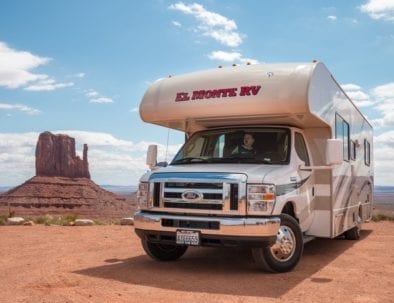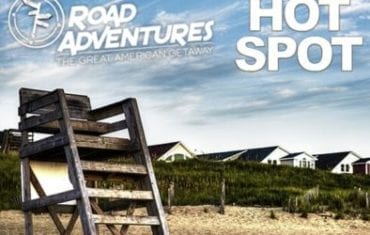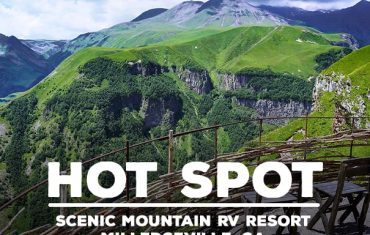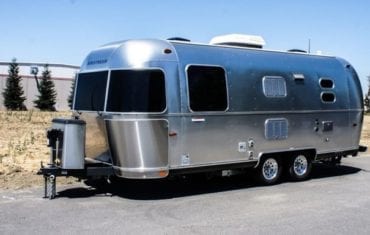Most people dream about RVing around the United States or Australia at some time in their lives.
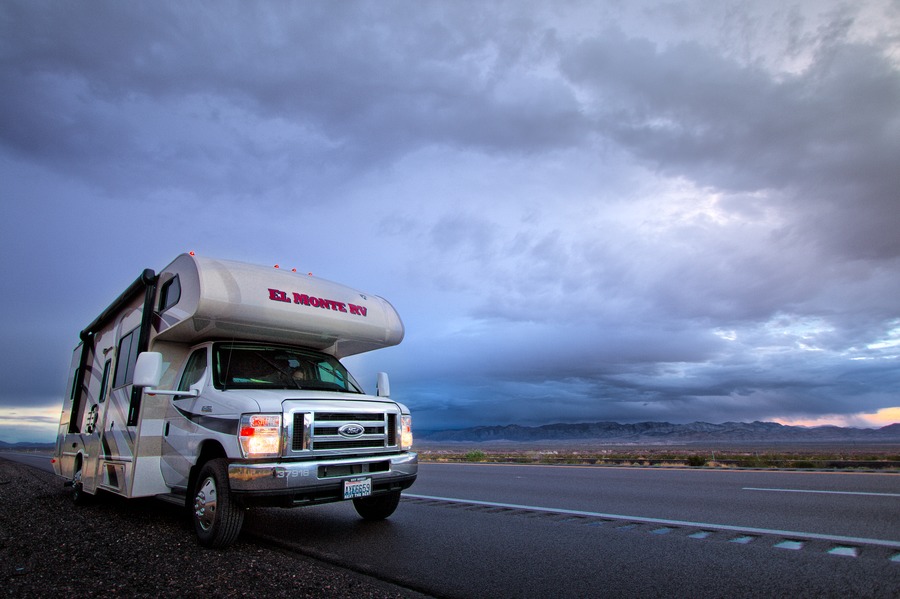
Leaving Las Vegas for our first family RV trip
Advantages
1. Unpack once
Probably my biggest benefit is that you only have to unpack once. It’s just like being on a cruise ship where you unpack once and still get to visit multiple destinations, except you’re on land. Once you unpack that very first day and have everything in place, you can hit the open road and never worry about packing suitcases again.2. You can cook
There are multiple benefits to having a kitchen. One, it’s cheaper. Grocery shopping is much more cost effective than eating at restaurant. Two, it’s healthier. You can control what’s going in your food and how much you are eating. Temptation is weaker when you have only options in the fridge that you want. Three, you don’t have to wait. When my kids are hungry they are hungry now. We had stopped briefly in Page, Arizona while a small issue in the RV was being repaired and my kids complained of hunger. So we cooked a healthy meal right then and there. Presto!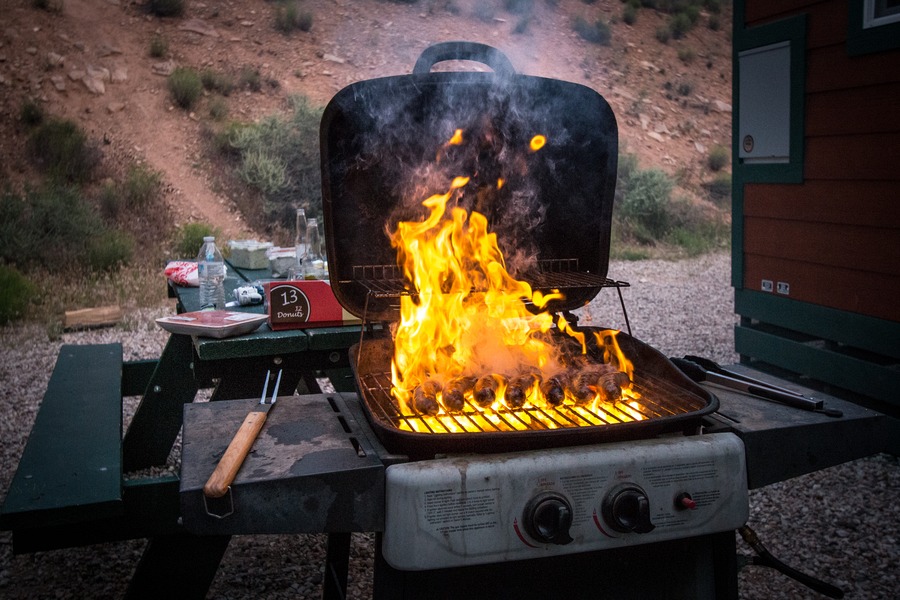
A campground BBQ? Great idea! Don’t worry, no sausages were harmed in this photo.
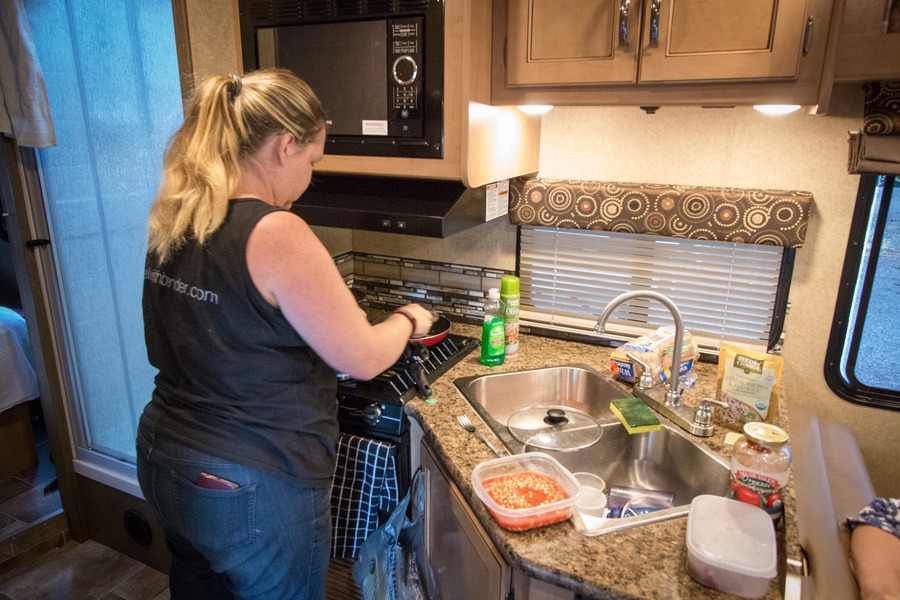
3. Sleep anywhere
As you drive down long dusty roads, there are times you just want to pull over and sleep. In an RV you can stop at a Walmart, some Casinos and campsites. The seats are also much more comfortable than a regular car, and kids can easily sleep with their seat belts firmly tightened. As a bonus benefit, use your own pillow and blankets so there’s no getting used to a new hotel bed each night.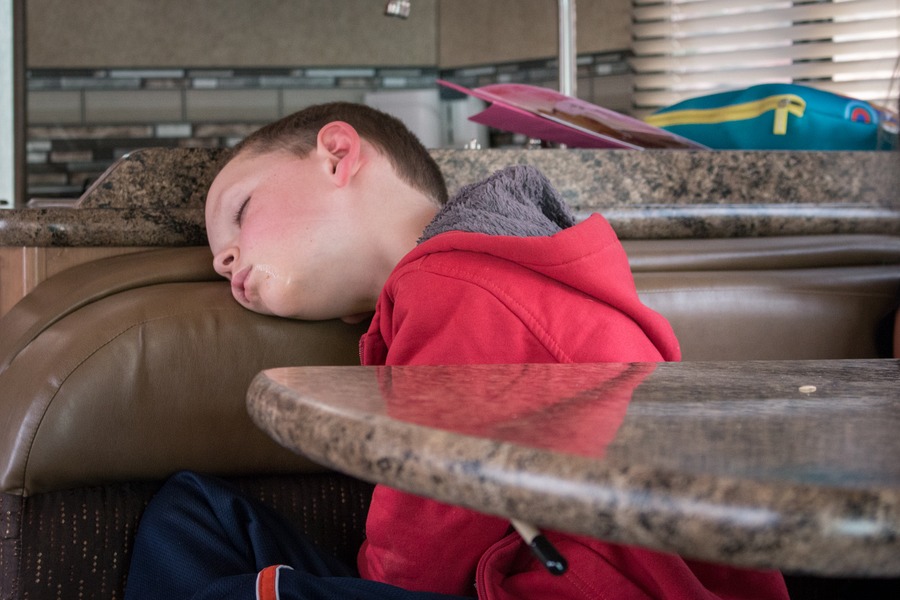
4. I need the loo
Just like food, when my kids have to go to the toilet they have to go now. Finally, we didn’t have to pull off a highway and find the nearest gas station, we had a toilet with us wherever we went. Same applies to a shower. If you jump in a river, slide down a muddy hill or just have a bad hair day, you have a shower with all your own toiletries within arm’s reach.5. Use time more wisely
With built-in seatbelts, our dining table was transformed into a workstation. This meant my husband, Josh, was able to process photos and write articles while I drove the RV. It also meant the kids were able to complete school work, paint, draw, play UNO, and more with much more space and comfort than the usual car trip.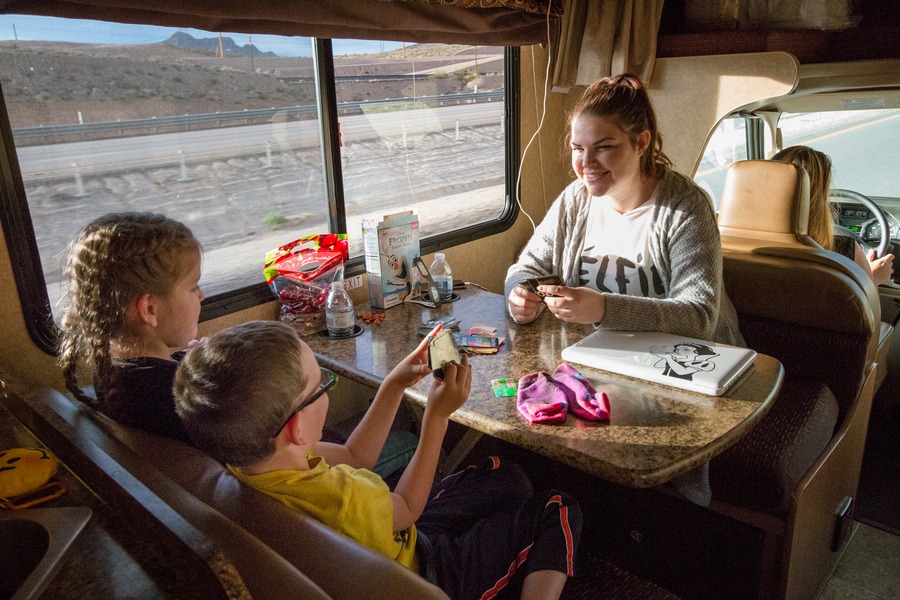
6. Campsites are fun
Typically, a small road-side hotel/motel is a place where you go to your room and sleep. Campsites, on the other hand, are social. It’s easy to make friends with your neighbours, there are playgrounds and mini-golf, go-karts and swimming pools. A campsite is set up for you to enjoy yourself and share it with the people around you.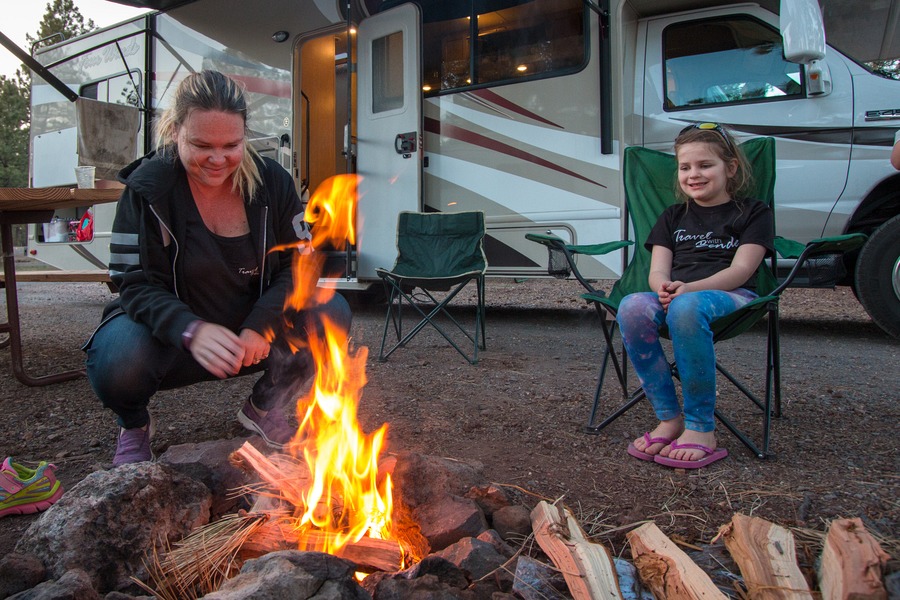
7. More spontaneity
There is so much freedom with an RV. Campgrounds are generally more accommodating with extending stays at the last minute. You might fall in love with a national park and decide to stay right there in the middle of nowhere. Or perhaps make new friends as you eat dinner together. I loved the spontaneity of RV life.8. Bring the bike and all the bags
There is plenty of storage in an RV. We easily fit all our suitcases, my sister’s bags and even my daughter’s bike. Compared to a car, getting luggage in and out is much easier too. However, collecting souvenirs and knick-knacks is easier too with all that room (I’m not sure if that’s a good or bad thing .
.
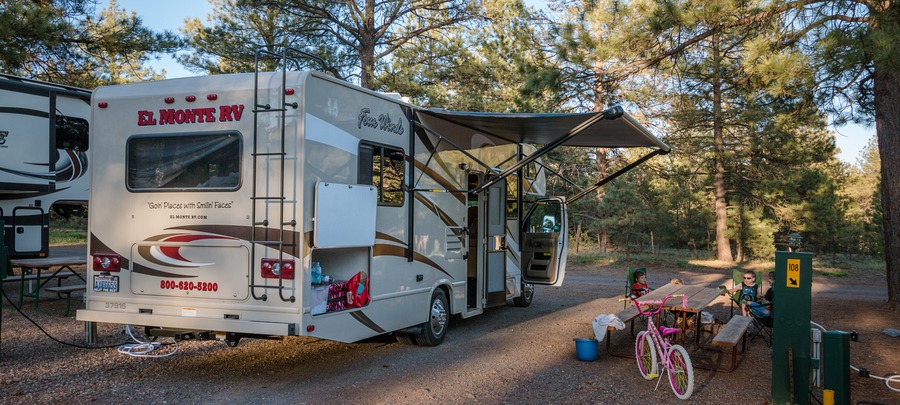
9. Charge your electronics
RVs have electrical outlets for charging laptops, phones, iPads, cameras, Wi-Fi hotspots, and more. Very handy, nay essential, on a long trip.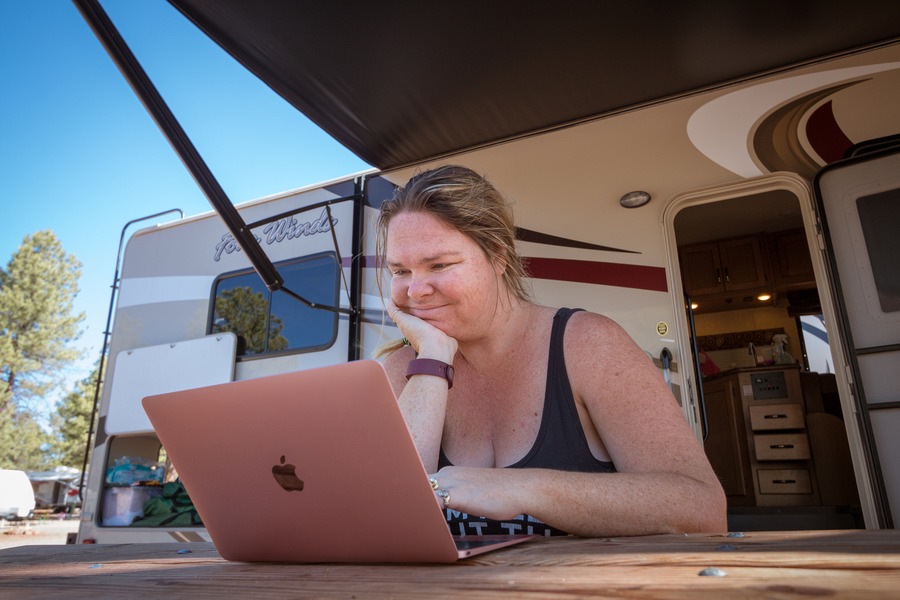
10. Setting up camp is easy
Setting up a tent night after night can get tiring, but in an RV everything is ready. Pull into the lot, roll out the awning (in our case, push a button), plug in the water and electricity, and enjoy. Instant home wherever you are.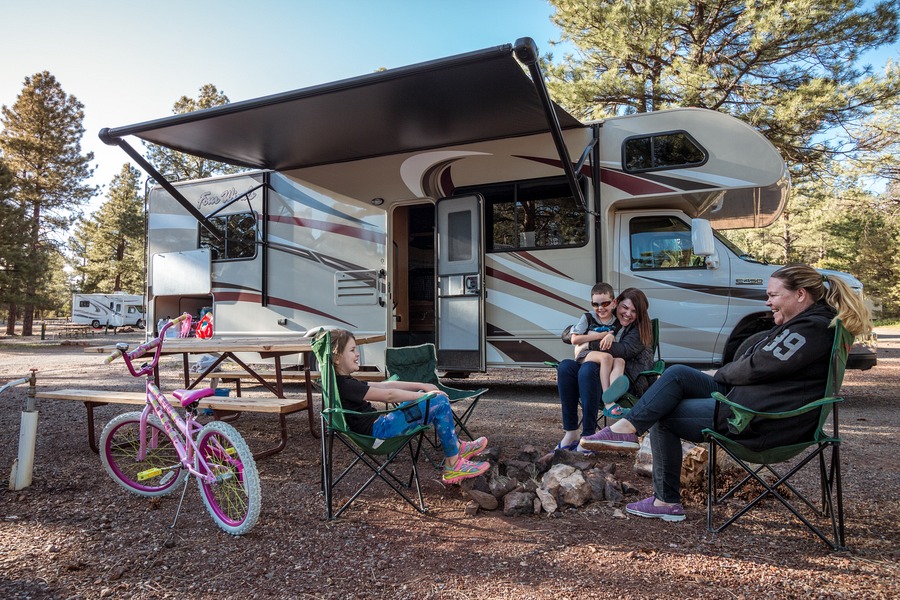
11. Easy to drive
Surprisingly, the RV was easy to drive, both in cities and highways. One of my unfounded fears was being trapped in a shoebox-on-wheels with a max speed of 50mph (80km/h), but driving was just plain fun.
Big mirrors like this made it easy to spot nearby traffic
Disadvantages
Ok, so it can’t all be rainbows and sunshine. Here’s the lowdown on what to expect when you’re expecting… your first RV road trip.13. Wi-Fi woes
Like in most public locations,Wi-Fi that is shared with others can be temperamental. It’s no different at campgrounds, and usually more miserable than a hotel. Also many campsites have just 1 router so if your lot is far away from the main building/office, you could be out of reach and out of luck. Thankfully we have a TEP Wireless Wi-Fi hotspot, which worked in most spots around the US… except the middle of the Arizona desert.
Yep, it works out here in Horsehoe Bend!
14. A place to stay
If you are use to road tripping, then a hotel is generally an easy thing to find. In addition to clear roadside signage, there’s a bunch of established apps and websites for sourcing accommodation. Wrapping your head around campgrounds is a different beast and they’re usually much further out of town. Still, you always have a Walmart as a backup. Check out the KOA website to find a list of over 500 campgrounds around the US. Or take a look at these other handy resources: ultimatecampgrounds.com (best interactive map), uscampgrounds.info (neat colour-coded legend).
Our RV in Hurricane, Utah
15. Where’s the water?
Getting use to the ins and outs of an RV can be time-consuming and kinda…well, gross. Thankfully I have a man to drain the sewerage for me and he rarely complained of the smells. Remembering to fill up the fresh water reserve (for dry camping or boondocking) can take getting use to. The moment that shower starts sputtering is usually when I remembered oh, now’s a good time to check the water levels.16. Tight quarters
RV living offers pretty tight quarters. If you have more than 4 people in your vehicle, space can be a precious commodity. And taking a shower is a very interesting experience. Granted, it’s roomier than a car. Although I’ve never tried to have a shower in a car before. In saying that, most campgrounds have nice showers, and long-term RVers who are in the know usually use those.17. Gas mileage
Fuel is, of course, more expensive. It not surprising that a vehicle weighing 3 times more than the average family car will get worse gas mileage. But it wasn’t as bad as I expected, or perhaps it could have been the extra-large fuel tanks which meant we didn’t have to refuel as often.
Interstate 15 in Nevada, driving from Las Vegas to Zion National Park
18. Where do I park?
Parking options are more limited for an RV. You probably will not be parallel parking in front of quaint little coffee shops or zipping through drive-thru restaurants. Large parking lots (such as Walmart) are pretty easy to navigate, and as a courtesy you should park further away from the building entrance to avoid congestion and teeny tiny parking spaces. It also pays to memorize the height of the roof. Then you can determine whether entering a covered parking garage is a good idea, or if a Starbucks drive-thru foamy latte is in the realm of possibility. Generally, the answer on both counts will be no.19. Packing up
If you plan on staying at the same campsite for awhile sometimes disconnecting all the hookups and collecting all your outdoor chairs, tables and accessories can be time consuming. It would be so handy to bring along a small car for day trips and leave the RV in the campsite (either in a fifth wheel style RV, or flat-towed/flatbed trailer/tow dolly behind the RV). A small car can also save on gas costs. If we were going longer than 3-4 weeks next time, I’d seriously consider that option.The Verdict
In my opinion the advantages of RVing far outweigh the disadvantages and I would do it all again without a second thought. My kids were happier, the journey felt more relaxed, and as a frequent traveller, I appreciated the sense of familiarity. It’s safe to say our first time RVing was a complete success and I can’t wait to get behind the wheel again. Now, where should we go?Written by Erin Holmes and Josh Bender, for Travel with Bender.

